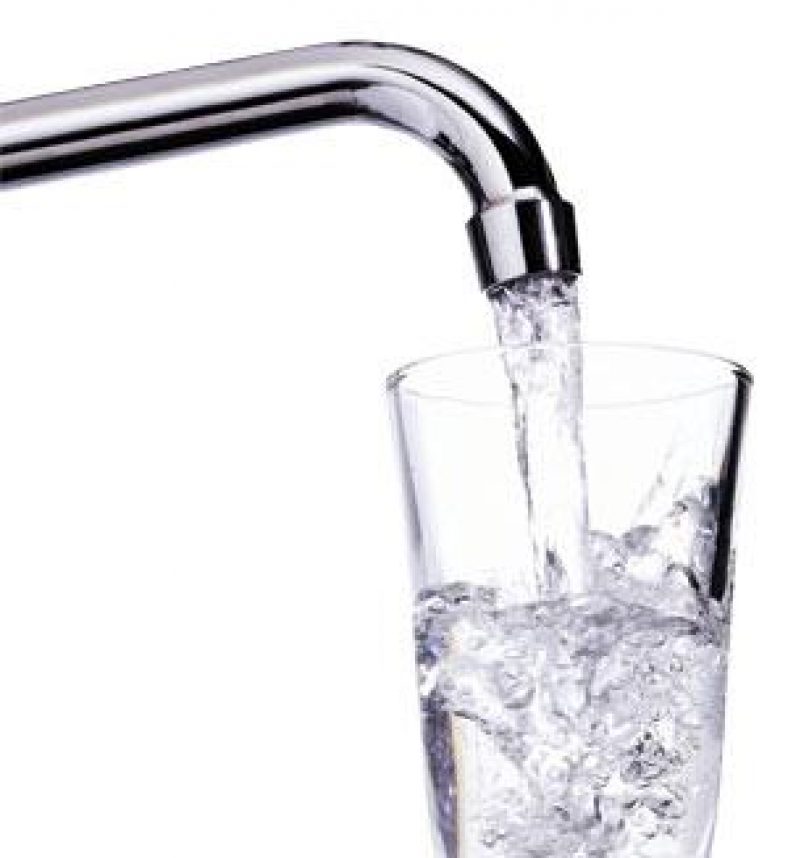A supply of fresh water is essential for any human settlement to thrive and grow. Since the dawn of civilisation, man has had to either live near a source of fresh water or find a way to transport it to his home. Over the millennia plumbing has evolved from its primitive beginnings to a fully fledged profession via a number of ingenious inventions and innovations along the way.
Pre-historic man was the first to dig water wells to access groundwater residing in underground aquifers. Primitive buckets, shadoofs and sakias were used to bring water up to ground level before being transported the short distances to the people’s dwellings. There is evidence of wells being dug as far back as 6500BC whilst ancient Pakistani ruins show evidence of a sophisticated sewerage system as early as 2600BC.
Since those ancient times, people have innovatively designed systems for water transport and utilisation. The bronze age civilisation in the Indus Valley are credited with one of the world’s first public water supply whilst the ancients Greeks were the first to use underground pipes for water supply and sanitation. The Minoan civilisation, based in ancient Crete, boasted a flushing toilet as well as a system that brought in clean water whilst removing waste and flood water.
The Greek civilisation was one of the first to design pressurised systems, used for fire fighting and powering indoor showers. The Mayans and Romans too developed indoor plumbing systems that used pressurised water to power showers, toilets and drinking fountains.
The Roman Empire was also famed for its aqueducts, pipes, public fountains and wells that provided fresh water to its cities’ inhabitants. It was also one of the first civilisations to use lead pipes in its plumbing systems.
Meanwhile, in the East, plumbing recognisable by today’s standards was in place from several hundred years BC in both the Qin and Han dynasties.
As the West slipped into the dark and middle ages, the emphasis that ancient man had placed on water supply and sanitation fell by the wayside. The advances in plumbing and pipework made in Roman times were not advanced upon, and in some cases even regressed, until well into the 17th and 18th centuries. In Western Europe, in particularly London, human excrement was collected in huge cesspits to be used for fertilizer and gunpowder and running water was a luxury few could afford.
The enlightenment era along with the industrial revolution began to change the West’s outlook on water supply and sanitation. Large engineering projects were undertaken to supply Europe’s major cities with fresh water, such as the construction of the New River in the early 1600s, which supplied London with water from Hertfordshire.
By the 18th century private water companies were springing up across Europe’s major cities in a bid to supply an ever growing demand. The S-bend pipe (soon to be renamed the U-bend pipe) was invented by Alexander Cummings in 1775 and was used in Thomas Crapper’s U-bend trap invention in 1880. During this period of rapid technological advancement, pipe manufacture became big business and along with, the manufacture of all numbers of specialist bolts, flanges and seals. The u-bolt, for example, was originally developed for the purpose of fastening pipes to surfaces.
As scientists began to link disease with the supply of dirty water, legislation was brought in to ensure a certain standard of water was supplied by the new water companies. Sand filters were used to purify water and water treatment became commonplace in an attempt to curtail the outbreaks of disease such as cholera and typhoid.
Since the turn of the 20th century, many water companies have introduced fluoride to the water supply in an attempt to prevent tooth decay. Whilst the practise still remains controversial, it is implemented across the USA and many parts of Europe.
Today, water supply and sanitation is still a major issue – and not only for developing countries. As city populations have swollen, many nations have struggled to keep up with demand, particularly when trying to do so with dated water infrastructure. Large parts of the UK’s sewerage system, for example, dates back to Victorian times. Other challenges facing both developed and developing countries is the supply of water to dry and coastal areas. Countries like Australia, for example, have invested in expensive desalination technology.

